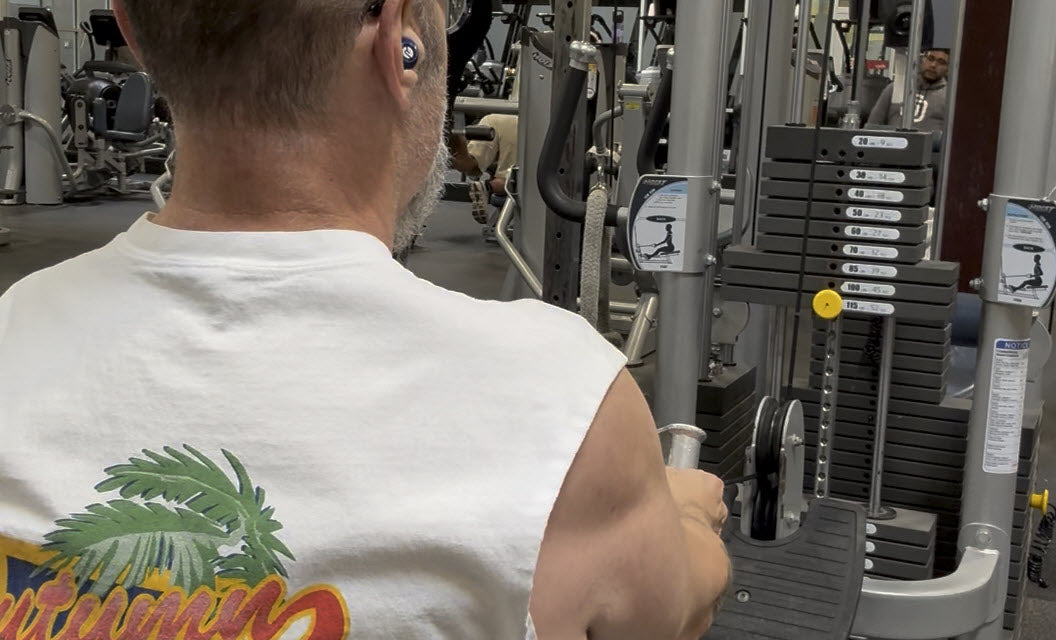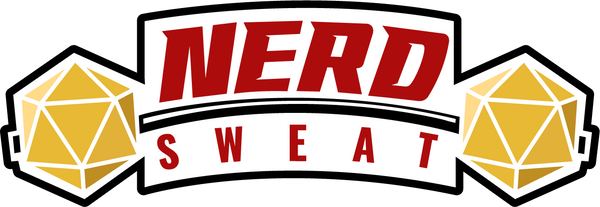
From Burnout to Breakthrough: Using Exercise as Self-Care
In today’s fast-paced world, burnout has become an all-too-common experience, leaving many feeling exhausted, detached, and unfulfilled. Amid the many recovery strategies, exercise stands out as a powerful form of self-care that not only revitalizes the body but also rejuvenates the mind. Incorporating physical activity into your routine can be a transformative step toward overcoming burnout and reclaiming your energy and joy.
Understanding Burnout and Its Impact
Burnout is characterized by emotional exhaustion, cynicism, and reduced effectiveness, often resulting from prolonged stress. It can show up as chronic fatigue, irritability, and even a lack of motivation in areas once enjoyed. Addressing burnout requires a holistic approach—and physical activity is one of the most effective, natural solutions available.
Why Exercise Works for Burnout
Regular physical activity offers science-backed benefits that directly counteract the symptoms of burnout:
- Stress Reduction: Exercise increases the release of endorphins—feel-good neurotransmitters that naturally lower stress and enhance mood.
- Improved Sleep: Studies show that people who exercise regularly tend to fall asleep faster and sleep more deeply.
- Boosted Mood & Energy: Movement (especially outdoors) helps lift your mood and sharpen focus—both of which often diminish during burnout.
- Mental Reset: Structured movement like yoga, tai chi, or walking gives your mind a break from daily stressors, improving emotional regulation.
Simple Ways to Make Exercise Part of Your Self-Care
You don’t need an intense gym regimen to benefit. Here’s how to get started:
- Start Small: Just 10–15 minutes of light movement (like walking or stretching) is enough to feel better.
- Pick What You Love: Whether it’s gardening, dancing, tai chi, or strength training—choose something that feels good.
- Rest Days Matter: Overtraining can lead to more stress. Rest is part of the plan.
- Move Mindfully: Try combining exercise with mindfulness—focus on your breath, your form, or your surroundings.
- Find Support: Group fitness, walking clubs, or online communities can make exercise more enjoyable and sustainable.
Real-World Inspiration
Shirley Chock, a former financial analyst who experienced burnout, turned to tai chi to manage stress and recharge. She now teaches others how slow, intentional movement can combat mental and emotional fatigue. It’s a powerful example of how mindful movement can lead to long-term balance and resilience.
Final Thoughts
Burnout can make everything feel heavier—but exercise is a gentle way to lighten the load. It’s not about pushing harder—it’s about showing up for yourself. Whether you’re walking around the block, stretching on your living room floor, or lifting weights at the gym, every bit of movement counts. You’re not just rebuilding your strength—you’re reclaiming your peace.
📚 References & Resources:
- Everyone should consider starting an exercise routine – Midland Daily News
- The one thing Turia Pitt wants everyone to do for their mental health – The Daily Telegraph
- Tai Chi master shares simple morning exercise to boost energy – Business Insider
- 5 Tips to Avoid Burnout from Exercise – FitFam Co.
- 10 Self-Care Strategies for Overcoming Burnout – Aspire Atlas
